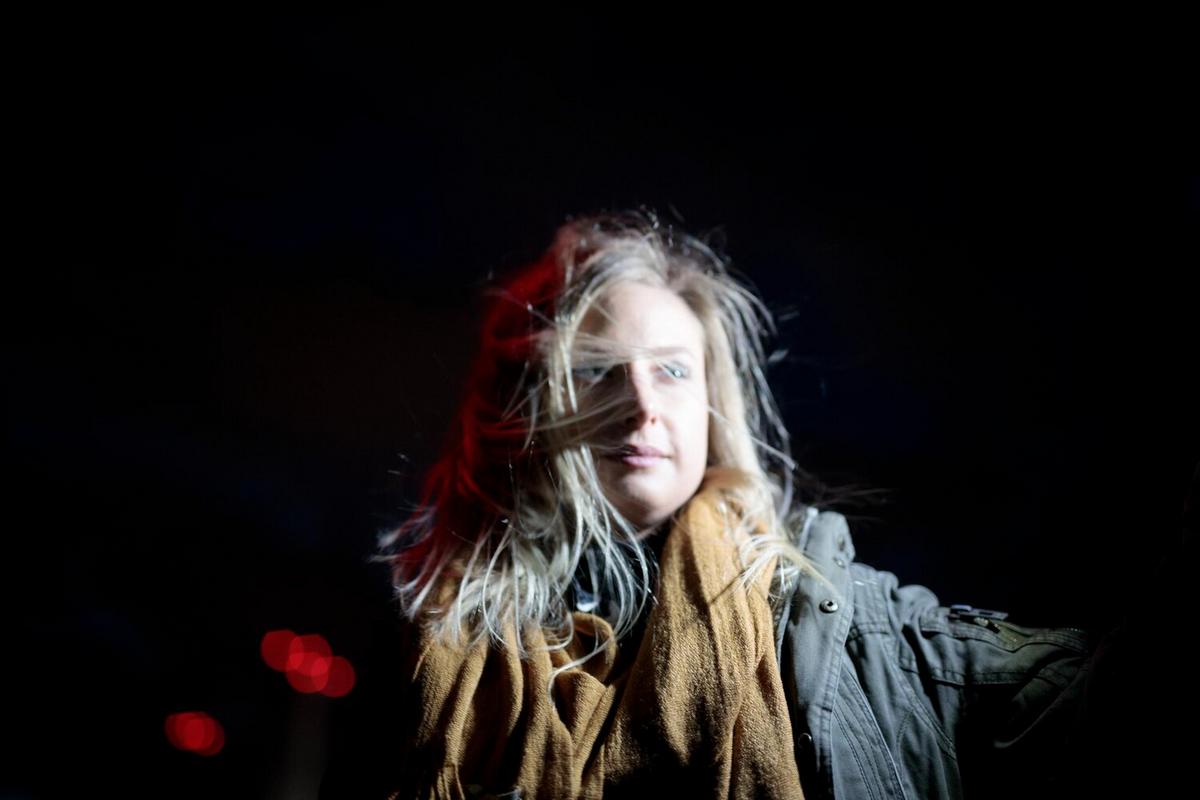Portrait photography is more than just capturing a face; it’s about telling a story through expressions, lighting, and composition that convey the subject’s essence.
Understanding the Basics
Before diving into advanced techniques, it’s essential to understand the foundational elements of portrait photography. Elements like lighting, composition, and the relationship between photographer and subject play crucial roles in creating captivating portraits.
Lighting: The Photographer’s Palette
Lighting can dramatically alter the mood and impact of a portrait. Renowned photographer Steve McCurry once said, “Great lighting is the backbone of a great photograph.” Natural light is often preferred for its soft and flattering qualities, but studio lighting offers control and consistency. Experiment with different setups to find what best highlights your subject’s features.
Composition: Framing the Subject
Composition is about arranging the elements within a frame to draw the viewer’s attention to the subject. Use techniques like the rule of thirds, leading lines, and framing to enhance your portraits. A well-composed image can guide the viewer’s eye and evoke emotion.
Building a Connection
Establishing a rapport with your subject is crucial. This helps in capturing genuine expressions and emotions. A relaxed subject is more likely to reveal their true personality, leading to more authentic photos.
Advanced Techniques
Once you’ve mastered the basics, it’s time to explore more advanced techniques that can elevate your work.
Using Depth of Field
Manipulating depth of field can create striking portraits. A shallow depth of field isolates the subject from the background, making them stand out.
Incorporating Movement
Adding movement to your portraits can convey energy and dynamism. Whether it’s the wind in the subject’s hair or a candid laugh, movement can bring life to your images.
Practical Tips for Portrait Photography
- Always communicate with your subject to make them feel comfortable.
- Experiment with different angles and perspectives.
- Use props or locations that add to the story you’re telling.
- Review and learn from each session to continuously improve.
Comparison of Camera Settings
| Setting | Purpose | Example |
|---|---|---|
| Aperture | Controls depth of field | f/1.8 for shallow depth |
| Shutter Speed | Freezes or blurs motion | 1/1000s for fast action |
| ISO | Adjusts sensitivity | ISO 100 for bright light |
| White Balance | Corrects color casts | Daylight for natural light |
| Focus Mode | Ensures sharpness | Continuous for moving subjects |
| Metering Mode | Evaluates light | Spot for focused area |
| Lens Choice | Affects perspective | 85mm for portraits |
| Flash Use | Adds or fills light | Fill flash for shadows |
Frequently Asked Questions
How do I choose the right lens for portrait photography?
A lens with a focal length between 50mm and 85mm is typically favored for portraits as it provides a flattering perspective.
What is the significance of aperture in portraits?
A wide aperture allows for a shallow depth of field, which helps in isolating the subject from the background, focusing attention on them.
How can I make my subject feel comfortable?
Engage in conversation, provide clear direction, and create a relaxed environment to help your subject feel at ease.
Conclusion
Mastering the art of portrait photography involves understanding the technical aspects and the softer skills of engaging with your subject. By honing your skills in lighting, composition, and communication, you can create portraits that are not only visually appealing but also emotionally resonant. Remember, practice and experimentation are key to developing your unique style. So, grab your camera, engage with your subjects, and start capturing stories.




Leave a Reply